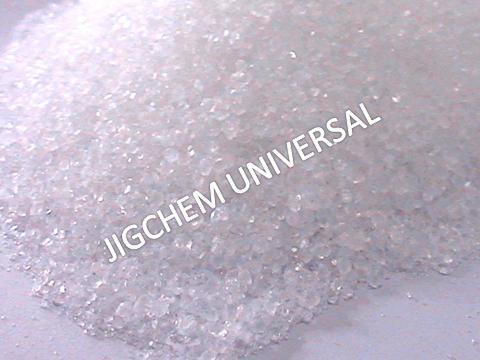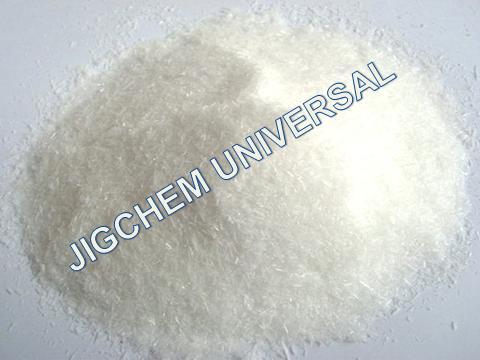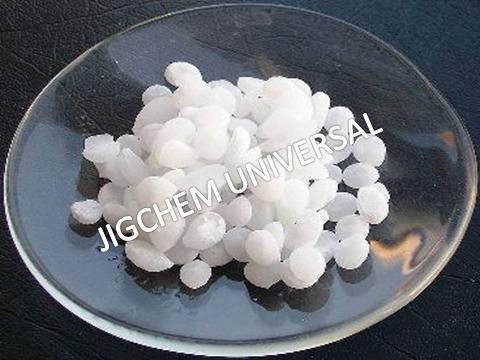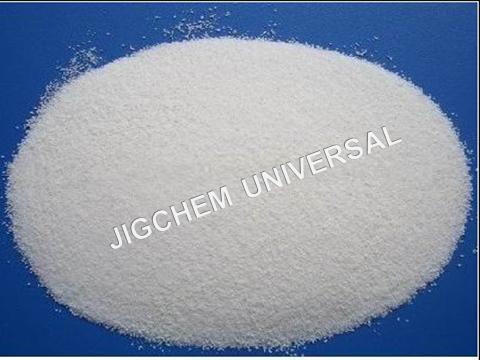
CITRIC ACID ANHYDROUS
Product Details:
CITRIC ACID ANHYDROUS Price And Quantity
- 25 Kilograms
- 20 INR
CITRIC ACID ANHYDROUS Trade Information
- Cash in Advance (CID) Cash Advance (CA)
- 25 Kilograms Per Day
- 1-3 Days
- Middle East Eastern Europe South America Western Europe Australia Asia Central America North America Africa
- All India
Product Description
Citric acid is a weak organic acid. It is a natural preservative and is also used to add an acidic, or sour, taste to foods and soft drinks. In biochemistry, it is important as an intermediate in the citric acid cycle, and therefore occurs in the metabolism of virtually all living things. It can also be used as an environmentally benign cleaning agent.
Citric acid exists in greater than trace amounts in a variety of fruits and vegetables, most notably citrus fruits. Lemons and limes have particularly high concentrations of the acid; it can constitute as much as 8% of the dry weight of these fruits (about 47 g/L in the juices). The concentrations of citric acid in citrus fruits range from 0.005 mol/L for oranges and grapefruits to 0.30 mol/L in lemons and limes. Within species, these values vary depending on the cultivar and the circumstances in which the fruit was grown.
Properties :
- Molecular formula : C6H8O7
- Molar mass: 192.124 g/mol (anhydrous) 210.14 g/mol (monohydrate)
- Appearance: Crystalline white solid
- Density : 1.665 g/cm3
- Melting point : 153 °C
- Boiling point : Decomposes at 175 °C
- Solubility in water: 73 g/100 ml (20°C)
- Solubility: in THF, ethanol, methanol anhydrous: THF 1.80 M, ethanol 1.6 M, methanol 3.08 M monohydrate THF 1.52 M, ethanol 1.78 M, methanol 2.27 M
- Acidity : (pKa) pKa1=3.09pKa2=4.75 pKa3=6.41
- Food, Beverages, Flavour enhancer, Colouring, Preservative, Detergents, Cleaners, Pharmaceuticals, Cosmetics, Industrial and Chemical processing.
- Galvanizing, Soldering and Tinning Fluxes: It is used in fluxes for galvanizing, soldering and tinning.





